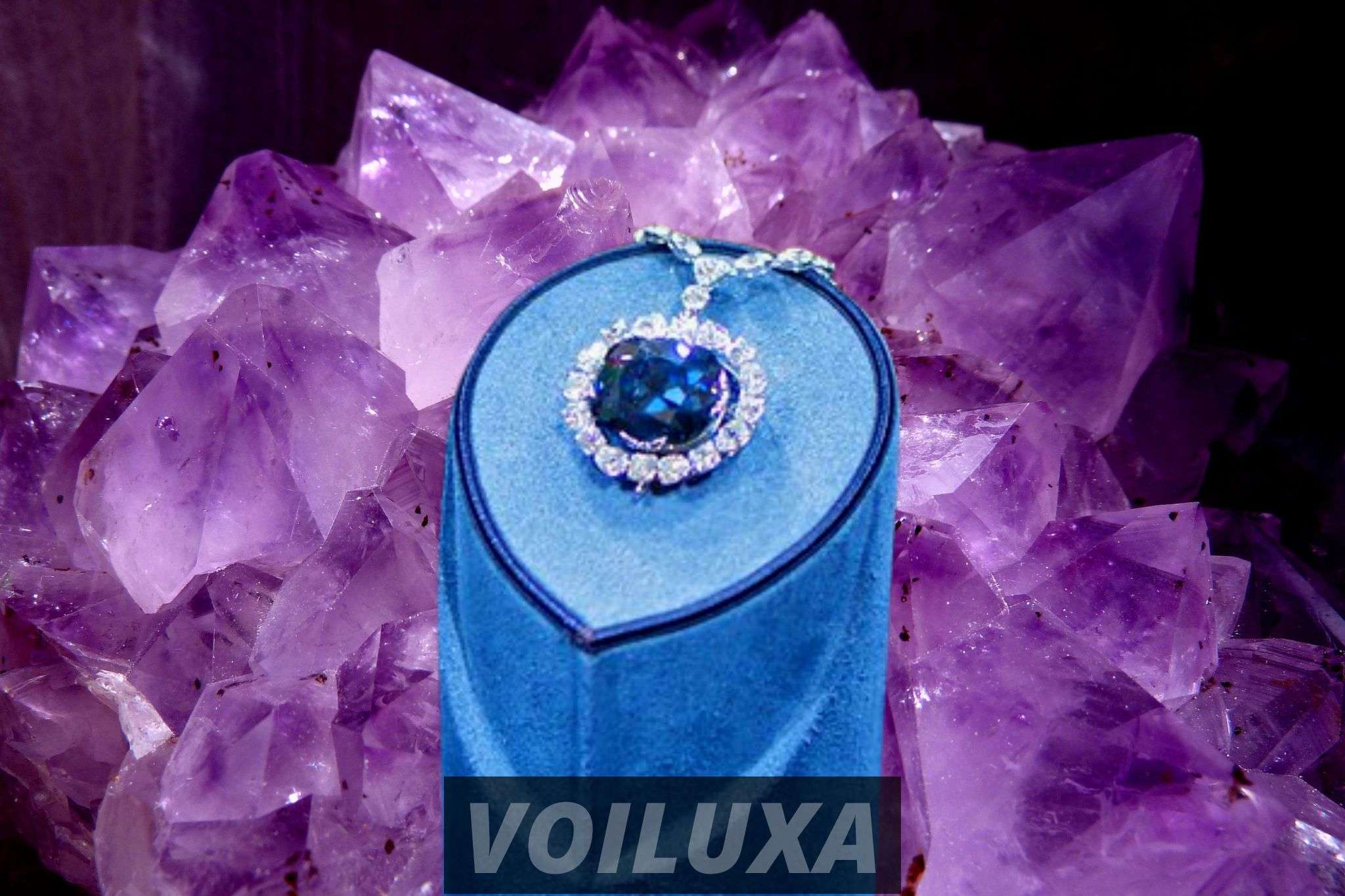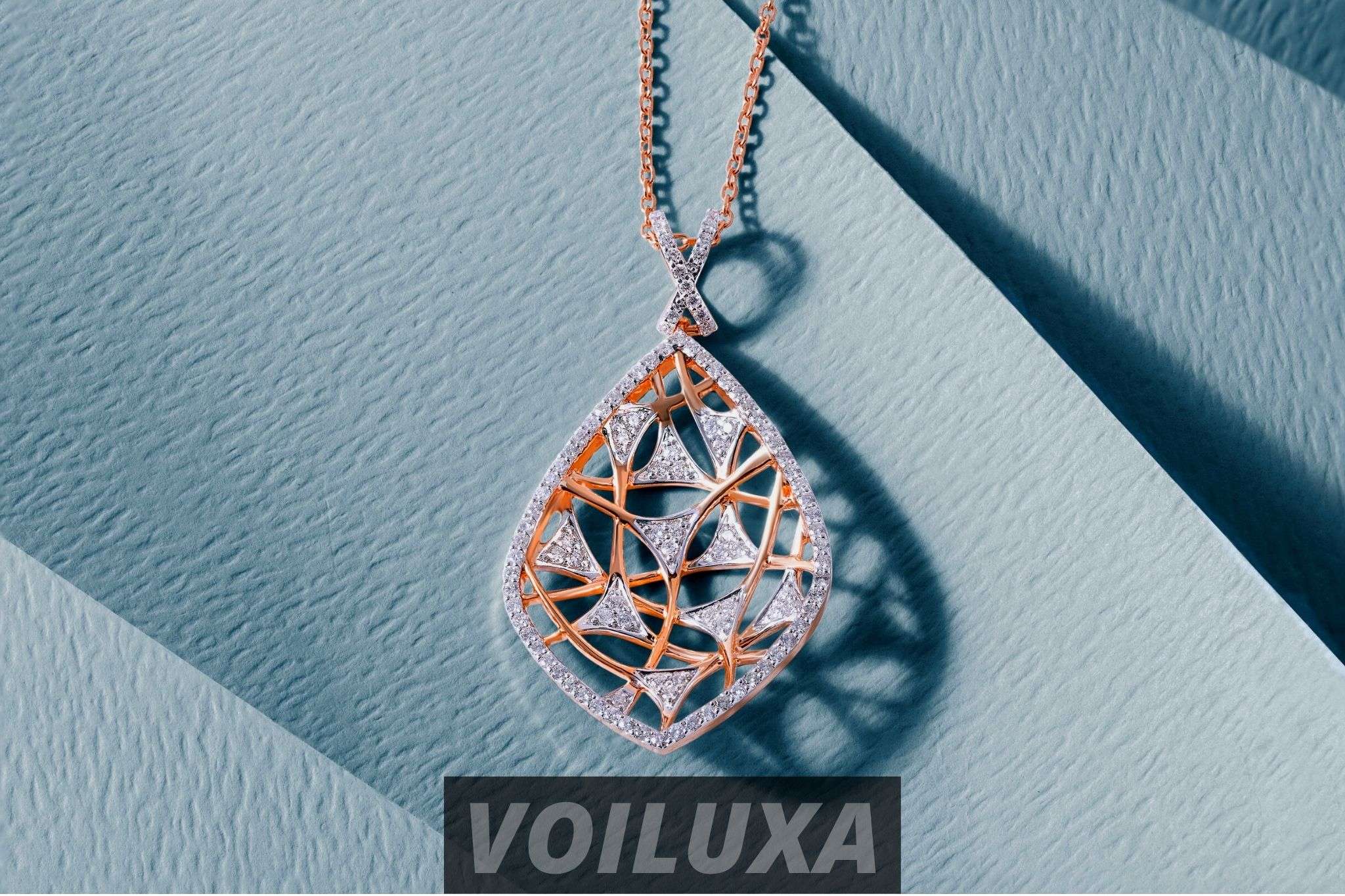One of the most well-known gems in the world with a rich history is the Hope Diamond. It’s been featured in movies, books, and even music videos, making it one of the most recognizable diamonds today. This article will go through the story of this famous diamond, from its creation to its current whereabouts. If you’re interested in studying more about this renowned diamond or looking for information about the Hope Diamond’s history before it was made into a gemstone, keep reading!
How did the Hope Diamond enter history?
The Hope Diamond is a world-famous diamond with a long and storied history. It is said to have been mined in India over 3,000 years ago and was 1st brought to Europe in the early 1600s. The Hope Diamond was originally owned by King Louis XIV of France and was set in the crown of the Order of the Golden Fleece. In 1749, it was stolen during the French Revolution and ended up in the hands of an English jeweler.
In 1839, the Hope Diamond was purchased by Henry Philip Hope, after which it got its name. The diamond remained in the Hope family for over 100 years before being sold to an American businessman in 1909. The Hope Diamond has been publicly displayed at the Smithsonian Institution since 1958. But in 2002, the stone was sent out on loan to the National Museum of Natural History (NMNH) so that it could be displayed as part of an exhibit entitled The Art of Deception. When this exhibit closed in 2004, the Hope Diamond returned to the Smithsonian.
In 2007, there were some questions about whether or not this gemstone might be cursed. However, there does not seem to be any evidence linking lousy luck with the ownership or wearing this particular gemstone.
Why are diamonds important in culture?
Diamonds are associated with luxury and wealth and have been prized by cultures worldwide for centuries. One of the most well-known gems in the world with a rich history is the Hope Diamond. And its history is shrouded in mystery. It is said to be cursed and has changed hands many times. Today, the Hope Diamond is owned by a private collector and is valued at over $250 million.
It was discovered in India but purchased by King Louis XIV of France for his wife, Marie Antoinette. The diamond later found its way into the hands of various European aristocrats before John Jacob Astor IV purchased it. He gave it to his wife, Caroline Coleman Smith, the New York society beauty who wore it as an ornament pinned to her bosom. In this way, she became known as the first lady of New York and inadvertently increased public interest in the diamond. When Smith died, her heirs were left with little money, so they sold the jewel to London merchant Nathan Rothschild.
After his death, his five sons took turns wearing the gem until World War I broke out, and each of them moved their portion of jewels abroad for safekeeping. One son sent theirs back to England, which was eventually passed on to American businessman Evalyn Walsh McLean who purchased it from a Parisian jewelry store in 1947 for about $190,000 (equivalent to about $2 million today). When Mrs. McLean died in 1947, she donated the gemstone because she believed that no one should own such an important object which held so much power.
How was the diamond stolen from India?
It is thought that the Hope Diamond was first taken from a temple in India. The story goes that a French gem merchant named Jean-Baptiste Tavernier stole the diamond from the temple and sold it to King Louis XIV of France. The king had the diamond cut and set into a crown, and it stayed in the royal family of France right up to the time of the French Revolution, when someone stole it.
The Hope Diamond disappeared for nearly 50 years before resurfacing in London in 1839. It was bought by King George IV of England and set into a necklace. When George IV died, the Hope Diamond was sold to help pay off his debts. After then, it was owned by several different people until Henry Philip Hope, who gave it its current name, purchased it in 1839. In 1958 he bequeathed the diamond to New York City’sCity’s Metropolitan Museum of Art.

What is unique about the Hope Diamond?
One of the most well-known gems in the world with a rich history is the Hope Diamond. It is said to be cursed and has a long and storied history. The Hope Diamond is a blue diamond that weighs 45.52 carats. Harry Winston owns it and it is on display at the Smithsonian Institution in Washington, D.C. The curse associated with the Hope Diamond is based on an old French story about how King Louis XIV was wearing the diamond when he suffered a stroke from which he never recovered.
In fact, according to legend, many who have had contact with the gemstone have either died soon after or experienced other terrible misfortunes. It was believed that anyone who was this beautiful stone would never live out their days in peace. There are stories of bad luck associated with it, but people often say these stories are just myths. For example, a curse supposedly meant that people would die if they wore the diamond for too long. But people such as actress Elizabeth Taylor have worn it for extended periods without incident.
Who owns the Hope Diamond today?
One of the most well-known gems in the world with a rich history is the Hope Diamond. It is a blue diamond that Harry Winston currently owns. The Hope Diamond is believed to be cursed, and many people think it is responsible for the death of its owners. Another one of the most expensive gems in the world is the Hope Diamond, with an estimated value of $250 million.
There are many legends about how the Hope Diamond came into existence, but there are only two stories from which historians know for sure. One report says that this gem was discovered in India in 1668 when someone found it while working on their farm. Afterward, it went through several hands before eventually ending up with King Louis XIV of France; he gave it the moniker Blue Diamond of the Crown and rebranded it. In 1792, King Louis XVI was killed during the French Revolution, and his wife Marie Antoinette lost her head too.
The stone fell into the possession of Louis XVIII until 1812 when he sold it to James Bruce, who finally took the stone back to England after traveling throughout Africa looking for gems.
Why do they say the Hope Diamond is cursed?
The Hope Diamond is a blue diamond famous for its supposed curse. The diamond is cursed because it has been associated with several lousy luck stories. For example, it is said that the diamond was stolen from the eye of a statue of the Hindu god Siva in India.
It is also said that the French king Louis XVI was executed with a guillotine after owning the diamond. Some people believe the Hope Diamond is cursed because it was cut from the original French Blue diamond, which was also said to be cursed. Today, the Hope Diamond is owned by Harry Winston and is on display at the Smithsonian Institution in Washington, D.C.
How much would the Hope Diamond be worth today?
It is estimated that the Hope Diamond would be worth around $350 million today. One of the most well-known gems in the world with a rich history is the Hope Diamond. It is believed to be cursed and has been owned by many famous people throughout the years. Jeweler Harry Winston currently holds the Hope Diamond.
There are so many original things about this diamond- its blue color, proportions, size, location on Earth (it’s only found 130 miles below the surface), etc. So how many carats is the Hope Diamond? The stone weighs 45.52 carats, making it more significant than any known diamond.

Conclusion
The Hope Diamond is a symbol of hope for many people. It is a reminder that even in the darkest times, there is always light at the end of the tunnel. In its 4,000-year lifetime, the Hope Diamond has gone through quite a bit, yet it has survived till the present day. It serves as an example that despite life’s difficulties, we can overcome them. We are always capable of overcoming them.



